HOMAGE
OBJECTIVE
Homage is a short film that combines grand entertainment with deeply personal themes, operating on a larger international scale than most short films. With filming locations spanning Norway’s snow-covered mountains to Japan’s historic temple sites, and action-packed sequences from both the Viking and samurai worlds, the film creates an epic backdrop for a subtle drama about loss, belonging, and ambition.
With Kristofer Hivju (Game of Thrones, Force Majeure, The Witcher) in the role of the father, and Eili Harboe (Succession, Thelma) as Ronja, combined with an internationally recognized production team, the project gains the weight and presence needed to go far beyond our two borders. Additionally, the film's multicultural dimension – featuring dialogue in Norwegian, English, and Japanese – enhances its international appeal and seizes the zeitgeist of genre-blending historical dramas. The unique merge of action, internal conflict, and visual storytelling makes Homage a project with the potential to move and captivate a global audience. At the same time, its 25–30-minute runtime strikes a perfect balance between the festival format and commercial appeal for streaming platforms.
During the production of a samurai epic in honor of her father, Ronja, a workaholic director begins to realize that completing the film could mean she will never see him again. Through her journey of navigating one of life’s greatest challenges—the loss of a loved one—we seek to explore and uncover a deeper understanding of what truly matters. Homage is an invitation to confront emotions we often avoid: guilt, grief, and the clash between ambition and the need to be seen. The film aspires to create an experience that is both personal and universal, a narrative that resonates deeply and leaves a lasting impression.
SYNOPSIS
Ronja, a driven director in her early thirties, is in the midst of filming an epic samurai movie as a tribute to her father’s legendary Viking film, Jarl, a film she vividly remembers from her childhood days on set. Immersed in the project, Ronja uses it as an escape from the reality of her father’s worsening illness. Her intense focus on finishing the film before he passes leaves her with little time for meaningful conversations or visits home, weighing her down with guilt.
As the production progresses, however, her sister reminds her of how little time they truly have left, rekindling memories of her father’s condition. Ronja’s facade begins to crack. Though she tries to suppress her emotions, she suffers a panic attack and finds refuge in a small ramen shop. There, she meets an elderly cook whose quiet wisdom and humor gradually ease the chaos within her.
The film’s main theme—a samurai sacrificing himself for his son—becomes a painful reminder of her own situation. Despite her wavering focus, she pushes herself to complete the climactic fight scene, only to be struck by yet another panic attack. She reassures the crew, and even lies to her father, pretending everything is fine. Later, she confides in the cook about her father’s illness, but he does not see her ambition to complete the film as noble; instead, he urges her to go home, fearing she will repeat his own mistake of being absent when his daughter needed him. Furious, Ronja storms out of the restaurant.
Back on set, Ronja struggles to direct the samurai’s death scene, feeling the emptiness in her ambition as she confronts her father’s declining health. When she finally speaks with her father, she hears how weak his voice has become, and he tells her that he doesn’t need her to make the film for him.
With newfound clarity, Ronja directs the death scene, but her facade shatters as she realizes she is truly losing her father. She bids farewell to the team, thanks the ramen chef, and heads home to spend the remaining time she has with her father. is directing her first film; A samurai epic, a tribute to her father's legendary Viking film Jarl, which she experienced as a child during its production. Simultaneously, Ronja is fleeing from her father's serious illness by disappearing into her work, without time for long conversations or traveling home.
But during the shoot, memories of her father's condition are brought back, and Ronja's facade begins to crack. Although she tries to push her feelings away, she's struck by a panic attack. Hoping to find peace, she seeks refuge in a small ramen restaurant, where the older cook unknowingly helps her sort through her inner chaos.
The Viking and Samurai film's theme - a father sacrificing his life for his son - becomes a constant reminder of her own situation. Even as her focus wavers, her friendship with the ramen cook grows. Nevertheless, Ronja continues to push herself to complete the crucial battle scene.
When the scene recreates a moment from her father's Viking film, it triggers another panic attack. Ronja convinces the crew that everything is fine, but later confides in the ramen cook about her father's illness. The cook becomes furious and tells her to go home, afraid she'll repeat his mistake - being absent when his own daughter needed him most.
Back on set, Ronja struggles to direct. The samurai's death scene feels hollow, and she leaves the set to seek advice from her father. During their conversation, she notices how weak his voice has become.
As the death scene between the samurai father and son unfolds, Ronja realizes she's about to lose something far more important than a film. Overwhelmed by emotions, she breaks down and understands that no ambition can replace the time with her father in his last days.
Ronja bids farewell to her team, thanks the ramen cook for his wisdom, and travels home.
VISUAL AND NARRATIVE APPROACH
The visual style reflects Ronja’s detachment from her emotions, employing a muted palette of blues, greens, and earth tones, with selective touches of red. She is often visually isolated—either in vast, empty spaces or intimate close-ups—surrounded by warmth only when she enters the ramen restaurant. The cinematography remains static or moves deliberately, using long takes to emphasize blocking or capture Ronja’s inner state. Shot digitally on an Arri camera in a 16:9 format with vintage lenses and filters, the film achieves a soft, classic Cooke look, reinforcing its contemplative, slow-burn aesthetic.
Within this subdued world, the samurai film is a striking contrast—shot in classic Technicolor tones on 35mm in CinemaScope, inspired by the golden age of Japanese cinema. A bold palette of snow, blood, and deep blacks and whites in costume design create stark visual contrasts. The cinematography embraces epic wide shots, intense gazes, crash zooms, and intense dolly movements, maintaining a distinct identity while seamlessly integrating into the main narrative. Similarly, the Viking film is also shot on 35mm in CinemaScope, mirroring the samurai sequences to reflect Ronja’s longing to recreate the cinematic magic that first inspired her as a child.
The film's setting is limited to two main locations to maximize its scale on a controlled budget. In Norway, the story unfolds in the vast, snow-covered mountains of Tromsø at sunrise, while in Japan, it takes place at a temple in the north, surrounded by snow-covered valleys at sunset. The snow acts as a recurring motif, connecting the films within the film and symbolizing Ronja’s emotional distance from her father’s illness.
Performance style remains grounded and realistic, with drama emerging through the cinematic language rather than overt expressiveness. More heightened moments adopt a humorous tone, influenced by Japanese and Korean cinema, which often blends realism with theatricality.
Fight choreography plays a pivotal role in the film’s visual storytelling. Action sequences, developed in collaboration with a choreographer and the actors in both Norway and Japan, serve as emotional milestones rather than spectacle. The two primary fight scenes—one in the Viking film and one in the samurai film—mirror each other, underscoring Ronja’s obsession with fulfilling her father’s dream. Kept concise to maintain focus on the main narrative, they still carry the weight and believability necessary to evoke the grandeur of the genres they pay tribute to.
By intertwining intimate drama with epic cinematic elements, Homage explores the intersection of personal grief and artistic ambition, creating a film that is both visually striking and emotionally resonant.
Inspired by films like Lost in Translation and Aftersun, Homage is a film about slow, difficult and chaotic process of grief. The story unfolds through a calm, contemplative pace, allowing the audience to fully immerse themselves in Ronja’s experiences. Like its cinematic influences, the focus is not on plot but on the lingering, indescribable feeling it leaves behind. The film doesn’t explain itself but slowly reveals itself, a story that can only be told through the language of cinema.
To create both an emotional and visual experience, Homage incorporates genre elements from epic films, using the Viking and samurai narratives to reflect Ronja’s personal struggle. Both sub-films revolve around the loss of a father figure—a universal theme that makes her internal conflict feel larger than life. The film’s structure allows these genres to serve as both an escape and a mirror for Ronja’s emotions, making the film more accessible while furthering the core narrative.




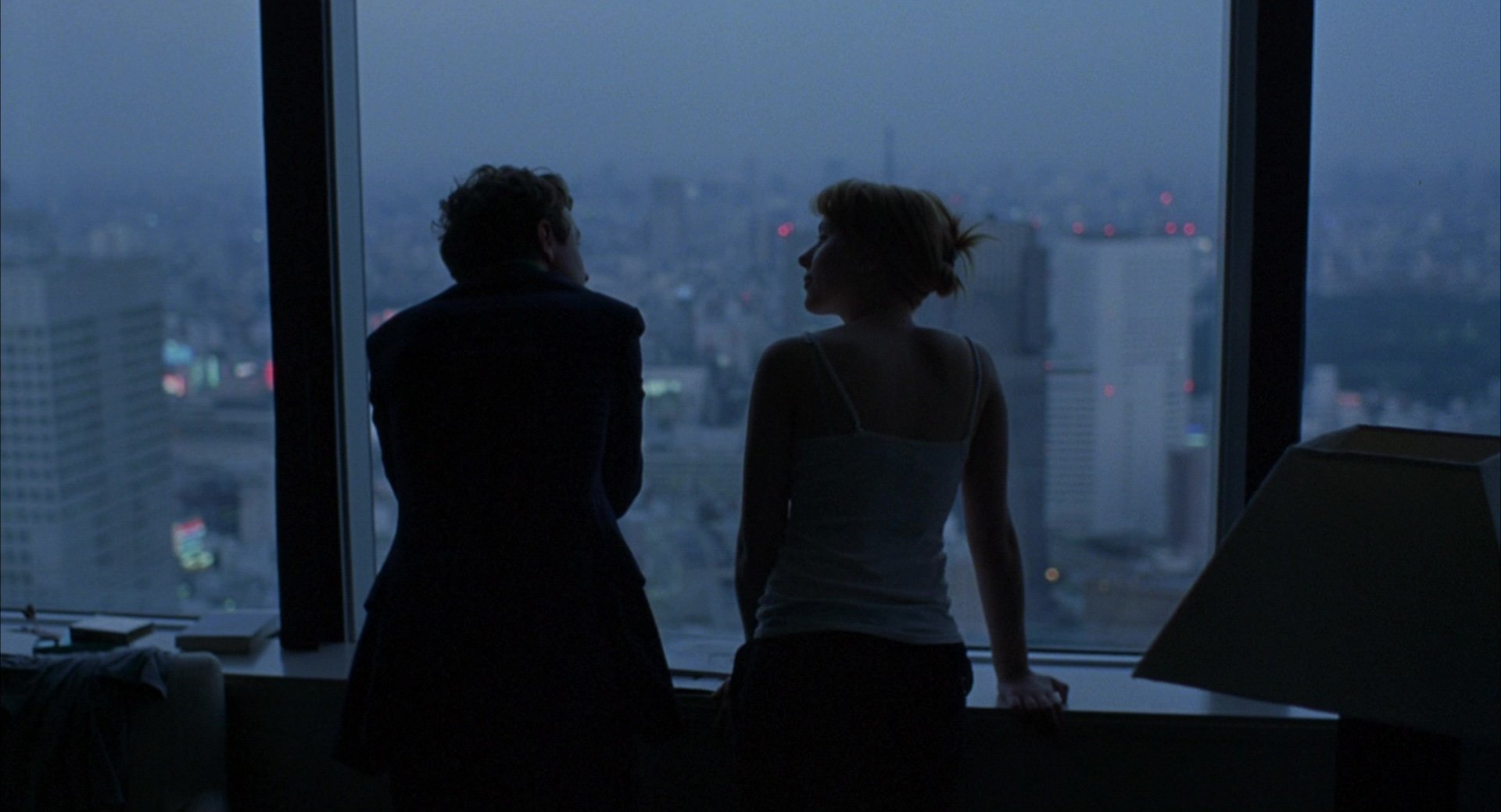
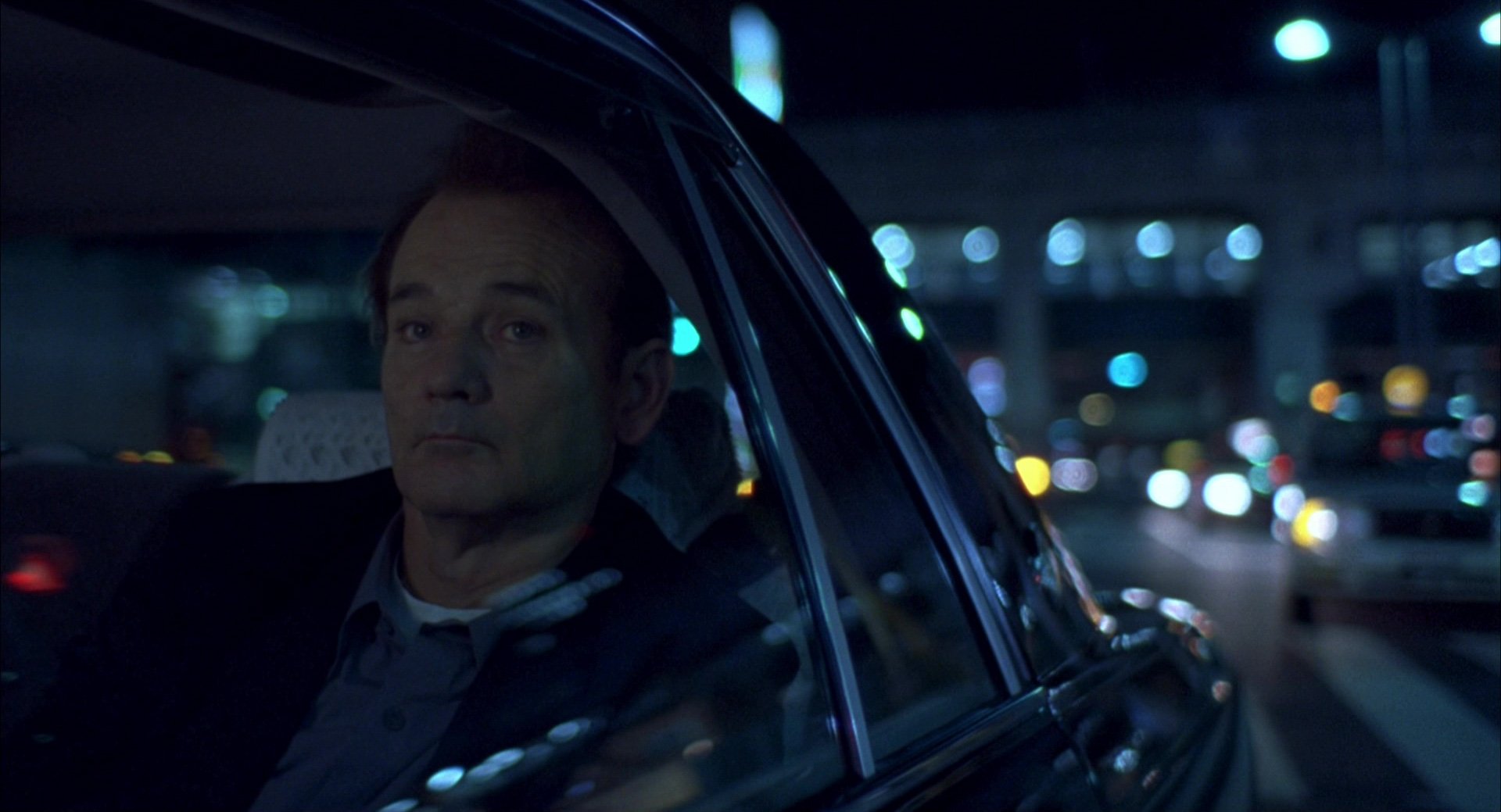
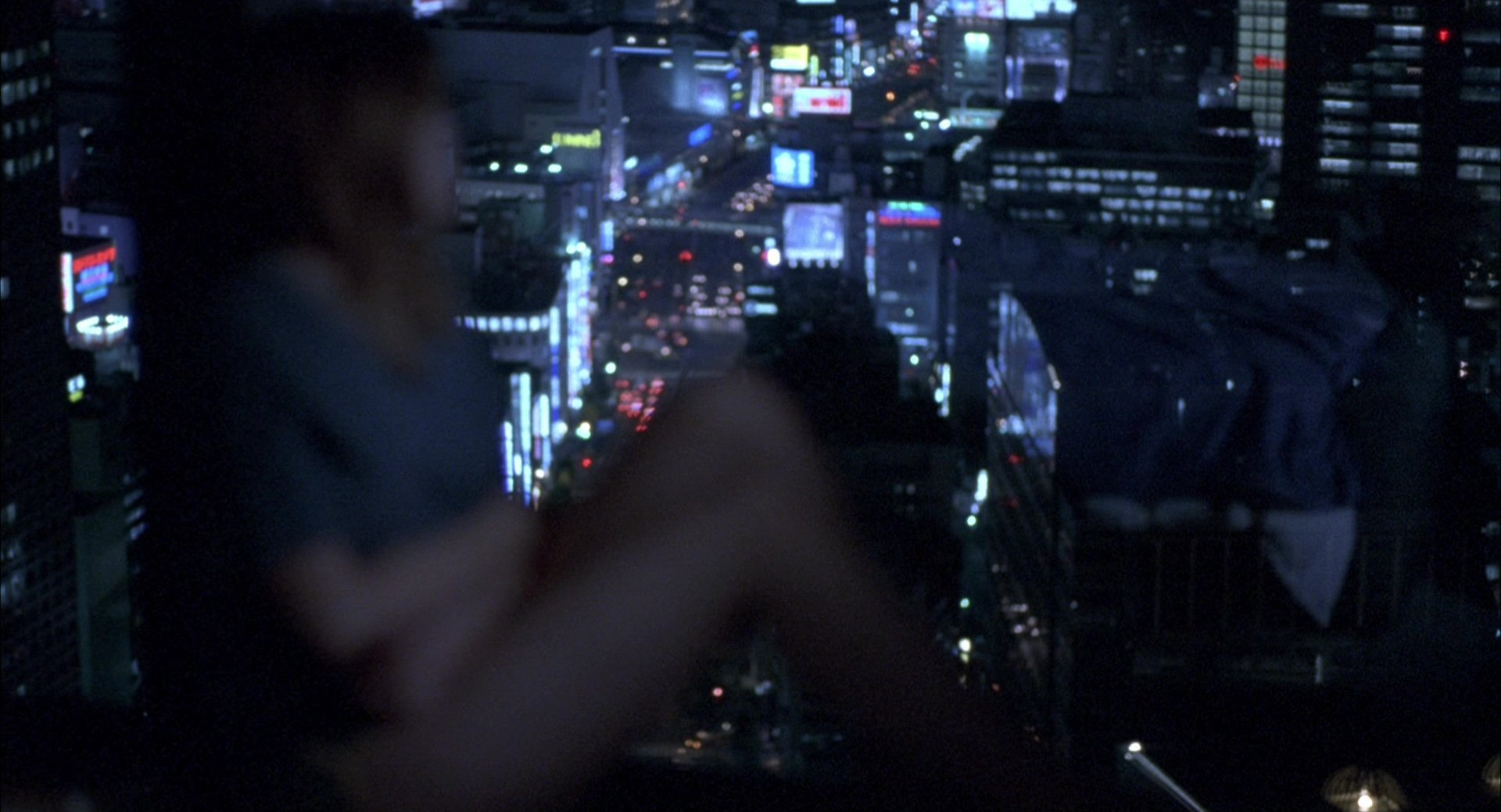

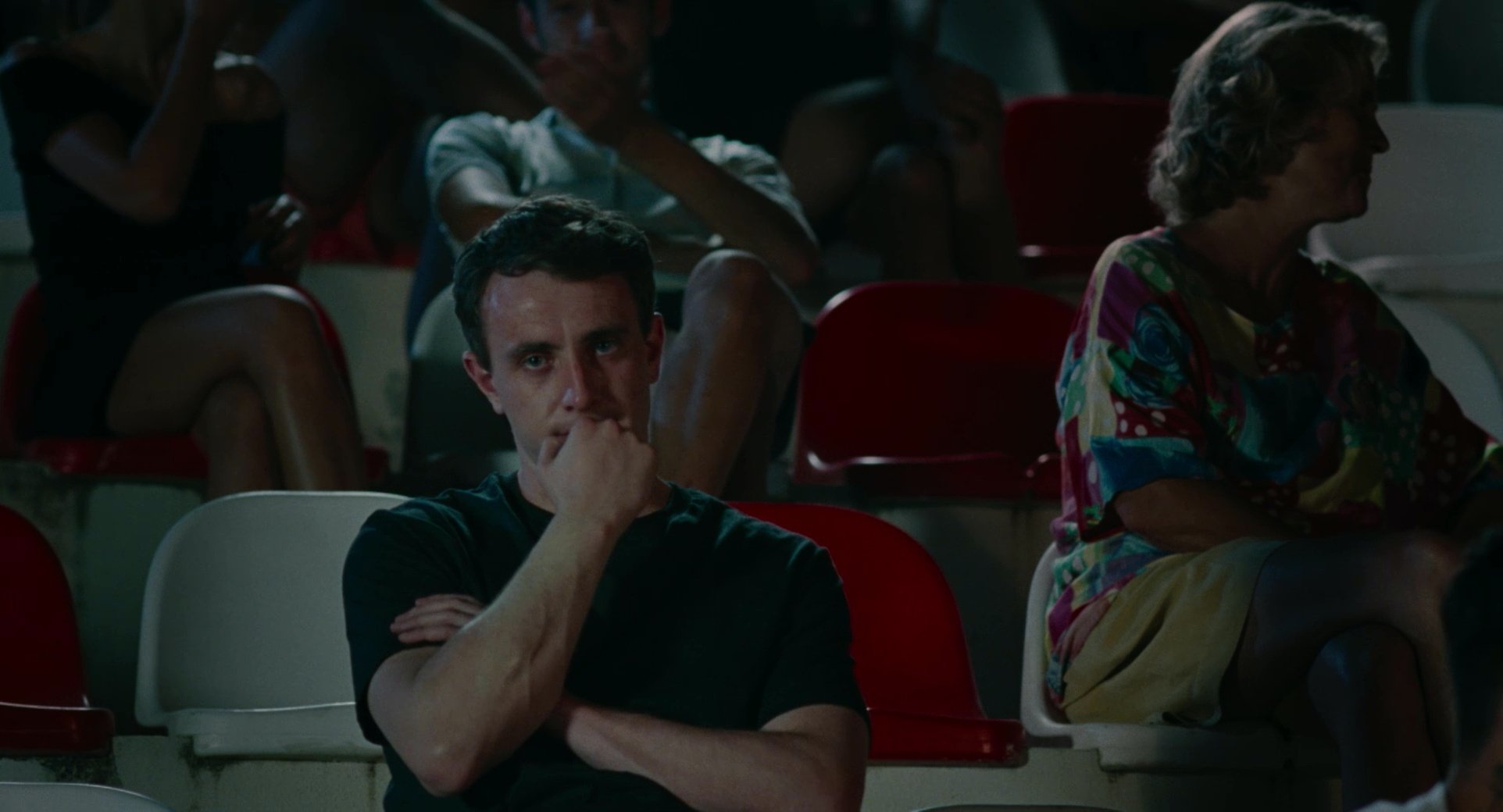



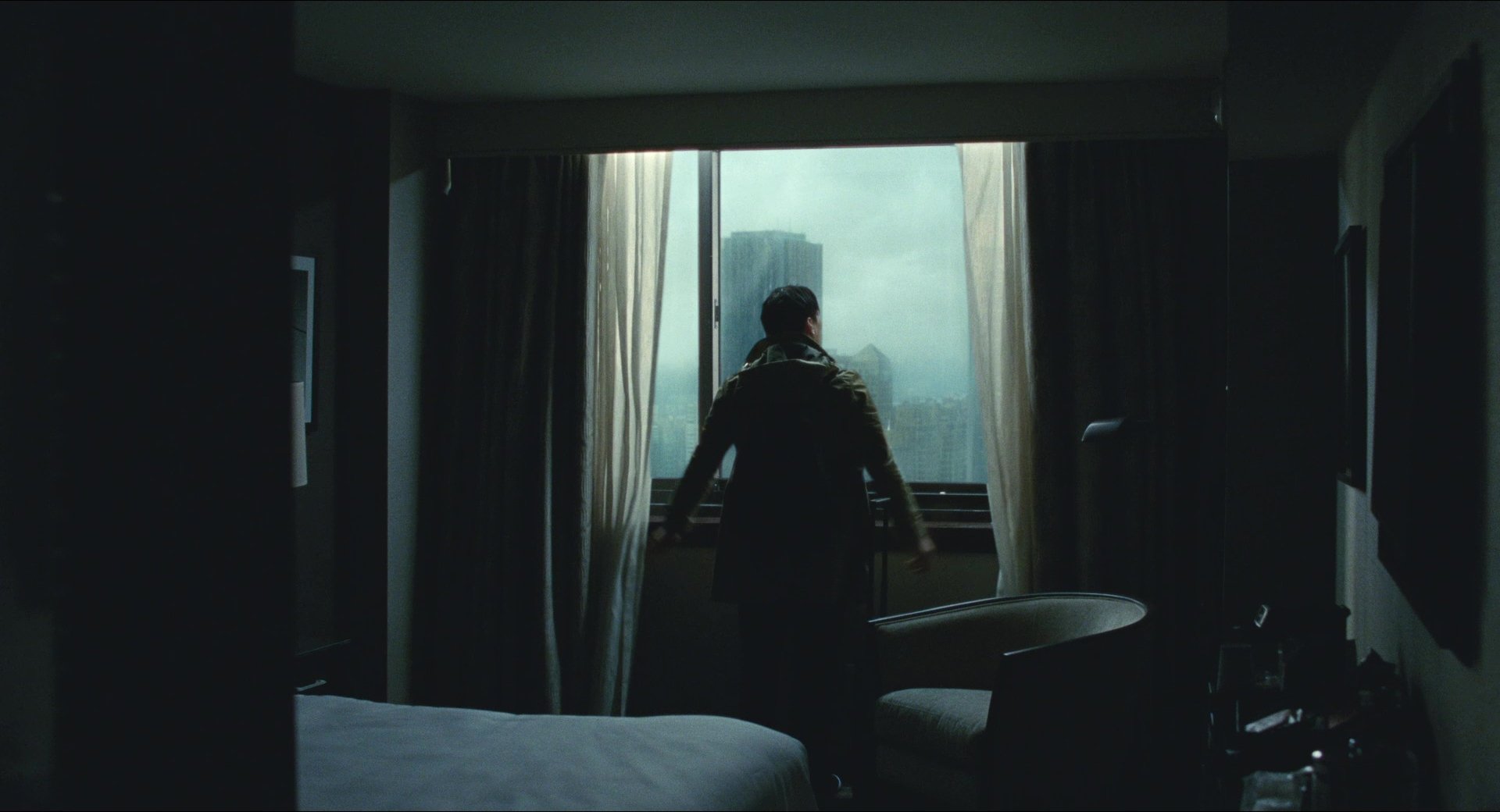





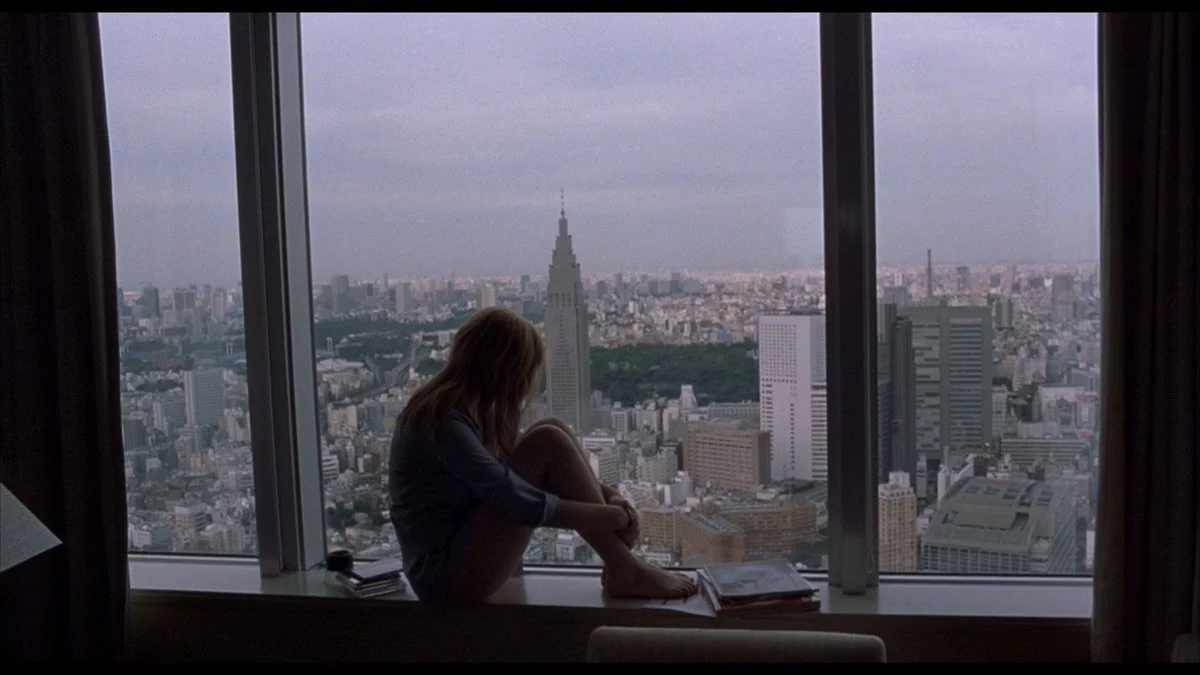













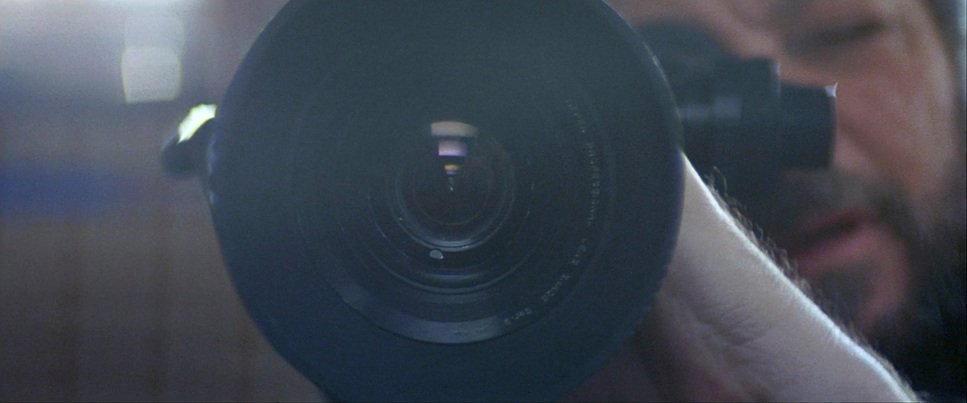









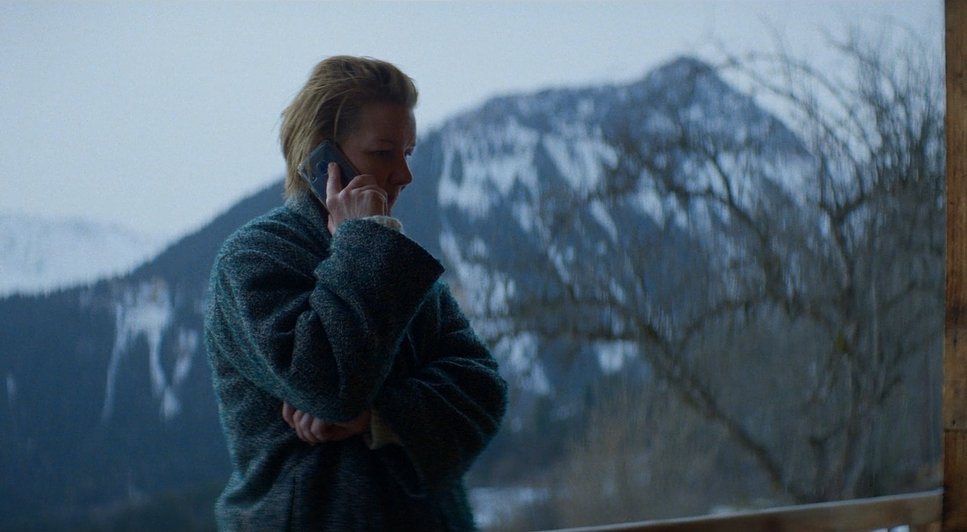
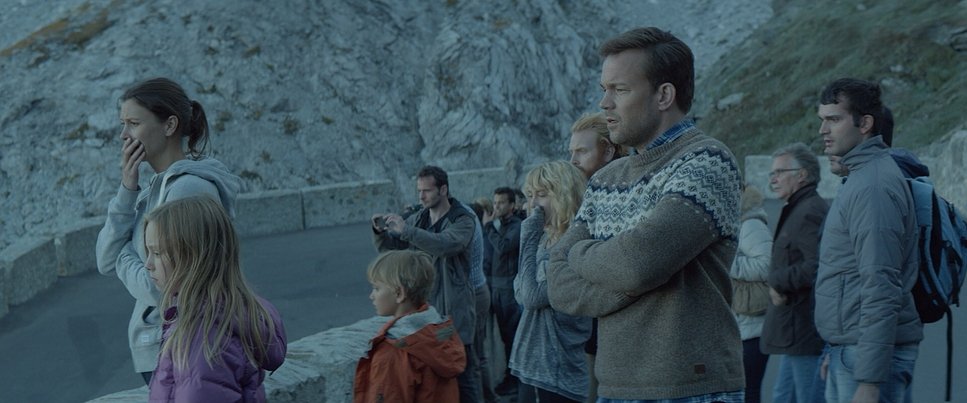



DIRECTORS INTRODUCTION
Harald Furuholmen is a multidisciplinary artist working across film, photography, and music. His journey in filmmaking began at the age of 17 when he worked as an actor and art director on the award-winning sci-fi feature Everywhen, which was released in 57 countries on Blu-ray and DVD. Since then, he has developed his craft through formal education at the European Film College in Denmark and later completed a German master's degree in Directing at the Deutsche Film- und Fernsehakademie Berlin (DFFB) in 2021. Over the years, he has directed films in multiple languages, including Danish, English, German, Norwegian, and most recently, Japanese, with a project shot on location in Tokyo.
His latest project, Homage, serves as both a personal exploration of grief and an essential artistic milestone for Furuholmen as he prepares for his debut feature, Dypet, currently in development with producer Yngve Sæther (Force Majeure, Oslo, August 31st, Love). Based on his experiences as a survivor of the 2011 Utøya terror attack, the feature explores one of the most important moments in Norwegian history from his own unique perspective. Harald’s artistic journey is driven by an ambition to push the boundaries of Norwegian and international cinema, forging collaborations that elevate creative storytelling. At its core, Homage, is a deeply personal film inspired by his experience filming Cucumber in Japan while his father battled cancer back home. Struggling with the conflict between pursuing his creative aspirations and being present for his family, he faced a profound reckoning with time, regret, and the meaning of success. This emotional struggle is at the heart of Homage, a film that asks: What if I had kept going? What if I had been in the middle of production when I truly realized what little time was left?
By portraying a father-daughter relationship that mirrors their shared love for samurai films, and by drawing from his own experience filming in Japan, Furuholmen crafts an intimate yet epic narrative. The choice to center the story on a female protagonist provides a necessary creative distance while also celebrating the strength and resilience of a female director navigating a traditionally male-dominated industry.
Homage is also a tribute to cinema itself. The film-within-the-film structure reflects Furuholmen’s lifelong love of samurai movies, a passion passed down by his father through viewings of Kurosawa’s classics (Ran, Seven Samurai). These historical narratives serve as a framework for the film’s central father-daughter relationship, allowing the viewers clear visual motifs for the underlying story of Ronja and her father.
With extensive experience as a director, producer, writer, art director, composer, songwriter, photographer, and actor, Furuholmen possesses a thorough understanding of visual storytelling. His diverse skill set allows him to approach filmmaking with a highly collaborative and adaptable perspective, ensuring clear communication with his team, regardless of the project's scale or budget. Operating across multiple cultural and artistic landscapes, he has established film teams in Oslo, Tokyo, and Berlin, reflecting his international approach to cinema. Fluent in English, Norwegian, German, and Japanese, he navigates multilingual productions with ease, bringing a global sensibility to his work.
At its core, Homage is a meditation on grief, and our futile attempts to run from it. Its about the stories we tell, the ones we inherit, and the ones we leave behind. By weaving his personal journey into a film that embraces both intimate emotion and cinematic grandeur, Furuholmen aims to solidify his voice as a director with an original voice, and something genuine to tell.
ABOUT THE TEAM
Producer Kristian Kvam Hansen is the owner of the production company PUSH, which operates in Oslo, Tokyo, Shanghai, and Sydney. With a portfolio that includes high-profile projects for Nike, Adidas, Maserati, Vogue, and Gucci, he has collaborated with renowned artists such as Kanye West, Billie Eilish, Rosalia, and Megan Thee Stallion. His transition into narrative filmmaking led him to this project, where he has been involved since its early development.
Director of Photography Julian Jonas Schmitt, also a graduate of DFFB, has an extensive background in cinematography, having worked with prominent actors in the German film industry. His expertise spans music videos, commercial productions, and documentary filmmaking. His latest documentary, Grönland, is currently on display at the ALPS Museum in Switzerland.
While the project has assembled a strong international team, there remains a need for a passionate producer and additional team members on the Japanese side. Expanding the team will be crucial in ensuring the film’s authenticity, particularly in its engagement with Japanese cinematic traditions, storytelling aesthetics, and cultural themes.
With the right support, this film has the potential to foster meaningful international collaboration while highlighting the artistic and cultural significance of both Norwegian and Japanese perspectives. By merging these two traditions, the project aspires to create a deeply resonant film that honors the rich cinematic heritage and emotional depth of both cultures.









